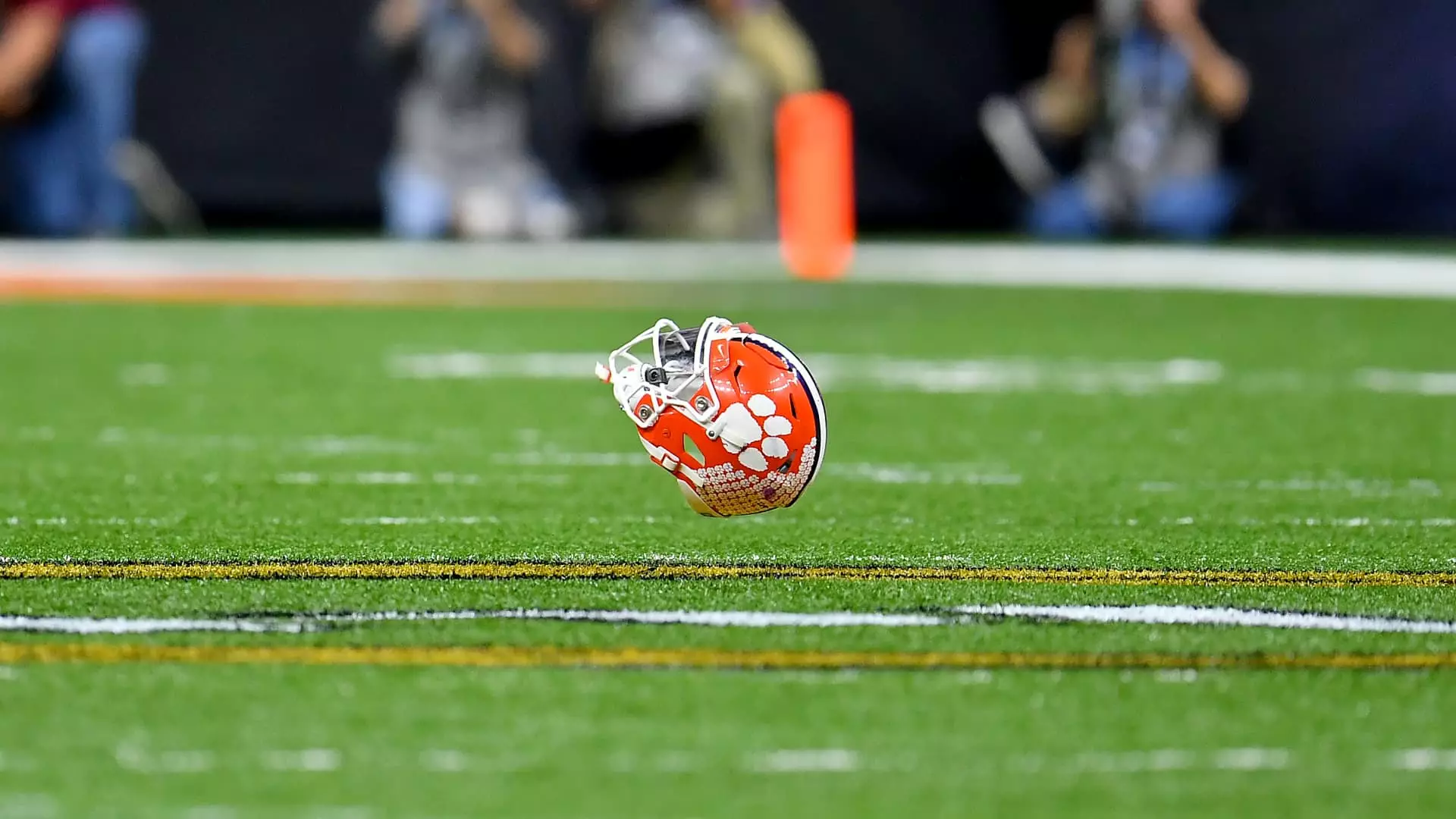In a significant recent turn of events, DirecTV restored access to Disney’s ESPN and other channels just in time for crucial live events, ending a blackout that lasted approximately two weeks. This situation arose from a major disagreement between the two companies over distribution terms, primarily concerning fees and packaging. The fallout from this battle affected over 11 million DirecTV customers, who were left without access to high-stakes events such as the U.S. Open, college football games, and the exhilarating kickoff of “Monday Night Football.” This incident highlights the on-going tensions in the pay-TV sector and the intricate dynamics between media distributors and content providers.
During these two weeks, DirecTV subscribers found themselves at a disadvantage as they missed critical sporting events and widespread programming, which are vital for many fans and loyal customers. Additionally, businesses such as bars and restaurants, often reliant on DirecTV for their sports broadcasting needs, suffered significantly. Many of these establishments rely heavily on sporting events to draw in customers, and the lack of access led to a potential dip in revenue. In essence, the dispute not only harmed individual subscribers but also had adverse ramifications for broader economic activity linked to entertainment and sports viewership.
This blackout stemmed from DirecTV’s insistence on providing leaner and genre-specific programming bundles. The satellite provider was advocating for more tailored offerings, a strategy reflecting a broader industry trend where consumers increasingly favor customizable content packages over traditional cable bundles. On the flip side, Disney argued that DirecTV’s proposals undervalued their channels and programming—an assertion that fueled the standoff.
As negotiations stalled, accusations flew between the two entities. DirecTV publicly criticized Disney for being “anti-consumer,” while ESPN’s leadership dismissed some of DirecTV’s proposals as “hypotheticals.” The mutual blame game exacerbated frustrations for viewers, showcasing how corporate conflicts can manifest detrimentally for the consumer base caught in the middle.
Fortunately for viewers and businesses alike, both companies reached a resolution that was ultimately beneficial. Announcing a “first-of-its-kind collaboration,” both DirecTV and Disney emerged with a deal that adjusted pricing to be more market-responsive, while also allowing DirecTV to offer multiple genre-specific options moving forward. These changes not only encompass traditional television channels but also integrate Disney’s streaming services, including Disney+, Hulu, and ESPN+, enhancing the overall value proposition for DirecTV subscribers.
Additionally, the agreement included a provision for DirecTV to distribute Disney’s forthcoming direct-to-consumer ESPN streaming service—slated for launch in fall 2025—at no extra cost to its current subscribers. This aspect of the deal echoes previous negotiations seen between other carriers and Disney, exemplifying a trend toward more integrated service offerings in an increasingly diverse entertainment landscape.
Reflection on the Importance of Live Sports
The disruption posed by the blackout served as a poignant reminder of the intrinsic value of live sports for pay-TV providers and their customers. Live sporting events are not merely programming; they are significant drivers of engagement and customer loyalty in an evolving media ecosystem that has witnessed a seismic shift towards streaming services. The stakes for both parties are high, as missed games and events can lead to subscriber losses that may not be easily recoverable.
As the media landscape continues to undergo rapid transformation, with consumers increasingly favoring on-demand and streaming alternatives, the pressure mounts on pay-TV providers to deliver more flexible and desirable content packages that align with viewer expectations.
The Road Ahead for Streaming and Pay-TV
The recent developments also place a spotlight on broader industry trends, as the entire pay-TV model is reevaluated against a backdrop of rising competition from streaming giants. In response, DirecTV is actively repositioning itself as more than just a satellite provider by emphasizing its diverse streaming offerings. The response to changing consumer preferences will be crucial as the industry charts its future and seeks to adapt to a rapidly evolving media consumption landscape.
While the resolution between DirecTV and Disney brought immediate relief to viewers, the complex dynamics and challenges of the pay-TV sector are far from over. The incident underscores the importance of continuous negotiation and a deeper understanding of market needs, which will remain pivotal as the battle for viewer attention intensifies. Ultimately, the aim for both companies must be to ensure that customer interests are prioritized as they navigate this environment of rapidly shifting expectations.


Leave a Reply